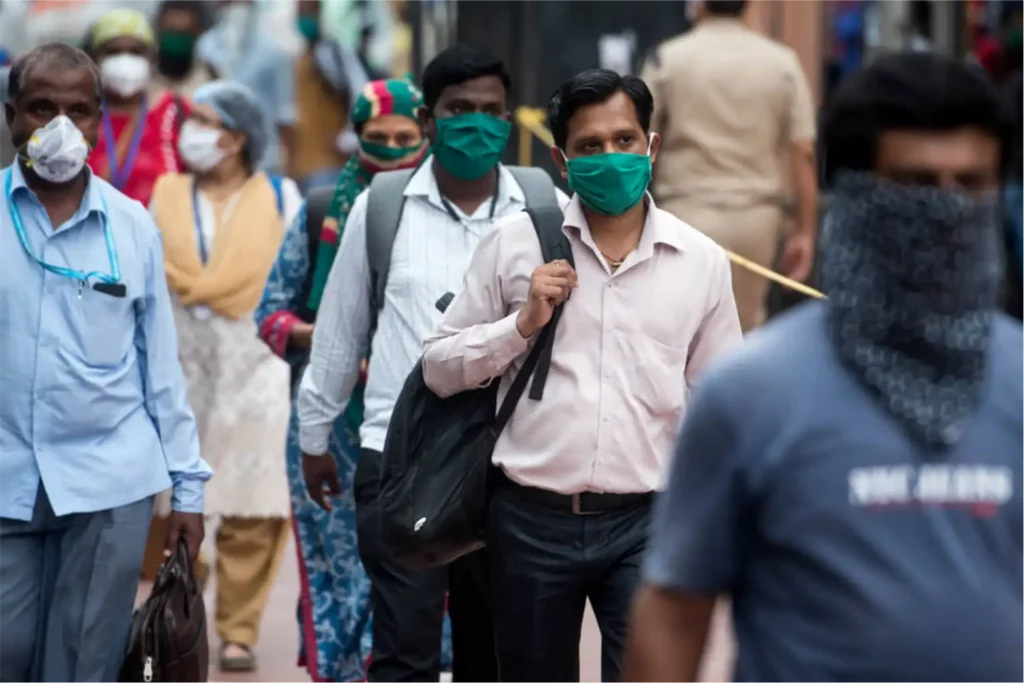
India experienced a brief surge in Covid-19 cases towards the end of May 2025, peaking around June 13, before witnessing a significant decline, Minister of State for Health Prataprao Jadhav informed the Rajya Sabha on Tuesday.
Jadhav noted, citing data from states and union territories, that most cases during the spike were mild and resolved without requiring extensive medical intervention. During the address, Jadhav also referred to a World Health Organization (WHO) Disease Outbreak News issued on May 28, which highlighted increased global SARS-CoV-2 activity since mid-February, particularly in regions including Southeast Asia, the Eastern Mediterranean, and the Western Pacific. India was among the countries experiencing this uptick.
Also Read | India records one brain stroke every 20 seconds, say experts
According to WHO, the rise in cases, largely attributed to Omicron descendant variants such as NB.1.8.1 (also known as Nimbus) and XFG, is in line with seasonal trends seen in previous years. The global health body concluded that these variants do not pose any additional public health threat compared to other circulating Omicron strains.
In response to the rising cases, the Union Health Ministry issued an advisory on May 29, directing all states and UTs to review hospital preparedness. This included checking the availability of diagnostics, essential medicines, PPE kits, isolation facilities, medical oxygen, ICU beds, and ventilators.
States were also urged to closely monitor trends in influenza-like illness (ILI) and severe acute respiratory illness (SARI), and conduct COVID-19 testing accordingly under revised surveillance guidelines. Additionally, authorities were advised to send adequate samples for genome sequencing to track variants effectively.
Mock drills were also recommended to ensure operational readiness of healthcare infrastructure, logistics, and medical personnel in anticipation of potential surges.








